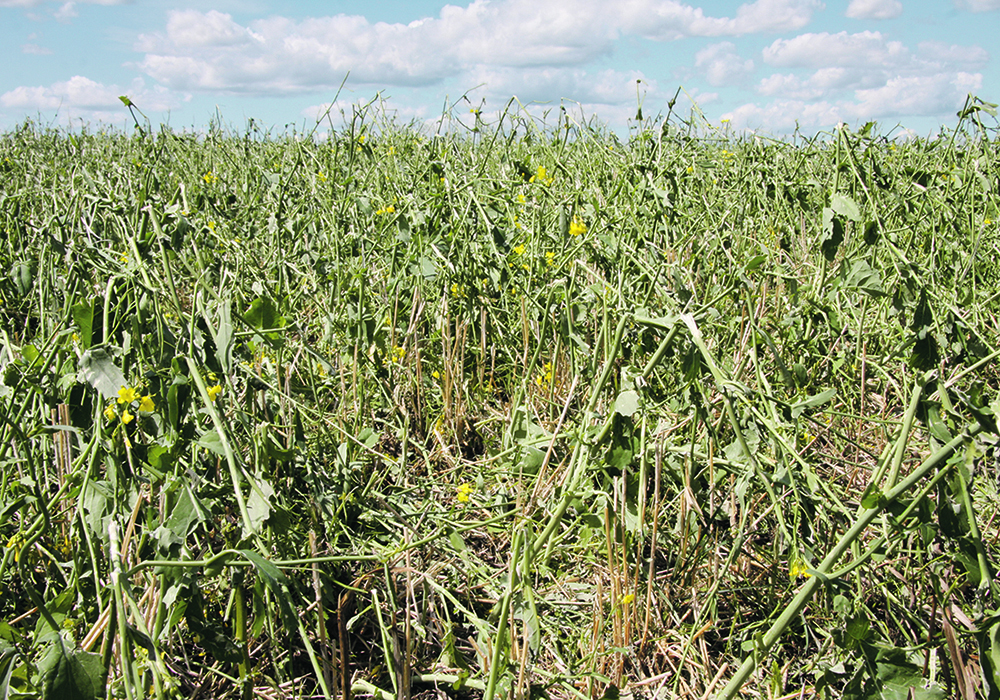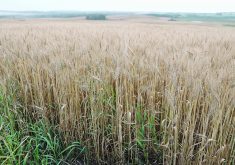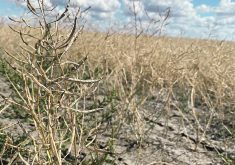There may be lucky or clever ways to play the crop insurance game, but those ways don’t always work out, a Manitoba crop insurance official recently told farmers.
“If you seed canola on April 10 and none of your neighbours do and you get a frost and you have a canola disaster, we’re going to look at that and consider it uninsured causes,” David Van Dynze, chief product officer for Manitoba Agricultural Services Corp., said in reply to a question about early seeding during Keystone Agricultural Producers’ fall policy meeting.
Read Also

Why feds imposed EV tariffs
Moe and Kinew have a fight on their hands when it comes to eliminating the EV tariff. Canada has to worry about pissing off the U.S. and Mexico and hundreds of thousands of auto workers.
The same applies to farmers applying a so-called “fudge factor” to their Individual Productivity Index, which helps set coverage levels. If farmers try to manipulate their index with boosted yield claims, they might face an unpleasant visit from an auditor.
“We get a number of calls each year about someone ratting out their neighbour about the fudge factor idea,” Van Dynze said in response to a question.
“If you are doing that, my recommendation is you don’t tell your neighbours because we’ll probably hear about it.”
Crop insurance is a continuous tug of war between the desire of both insurers and farmers to get coverage as high as possible while avoiding encouraging expensive, fraudulent and reckless farming.
In a frank and often humorous presentation, Van Dynze walked farmers through the complexities of recent changes to crop insurance coverage for things like wetness-prevented seeding.
Manitoba’s crop insurance is the envy of other provinces due to its broad uptake and general popularity.
Like all prairie crop insurance programs recently, Manitoba’s has faced wild swings in production. This year was the fourth worst year for excessive moisture claims since 2000, with 892,000 unseeded acres. That’s the most since 2014, when 987,000 acres weren’t seeded.
The most extreme was 2011, when almost three million acres weren’t seeded.
Drought has had a big impact, with much damage to yields in many areas.
The high price of crops has also brought challenges to Manitoba crop insurance, with the agency’s potential financial liabilities hitting $4.5 billion, compared to less than $3.5 billion in recent years before the bull market pushed prices higher.
Much of insurance is more art than science in assessing risk and that comes out in the approach to recklessly early seeding. Traditional seeding dates and weather conditions matter a lot, but there are human factors too: does seeding a crop very early seem to make sense in that area, that particular year.
“There’s strength in numbers in bad decisions, I’d say,” said Van Dynze, to farmers’ chuckles.
“If you can talk 25 of your neighbours into seeding canola on April 10 and you all have a disaster, chances are we’re going to cover that…. There’s no hard and fast rule. There’s no magic date. But it’s really about what you’re doing relative to the rest of the world around you.”
Crop insurance is a complex business, made more complex by the existence of other forms of crop insurance, such as wildlife damage compensation and hail insurance.
It also must manage innovative crop production systems, such as intercropping.
Crop insurance isn’t new, but Van Dynze painted a picture of a system that is continually tweaking and modifying itself to fit the evolving reality of farming.
















